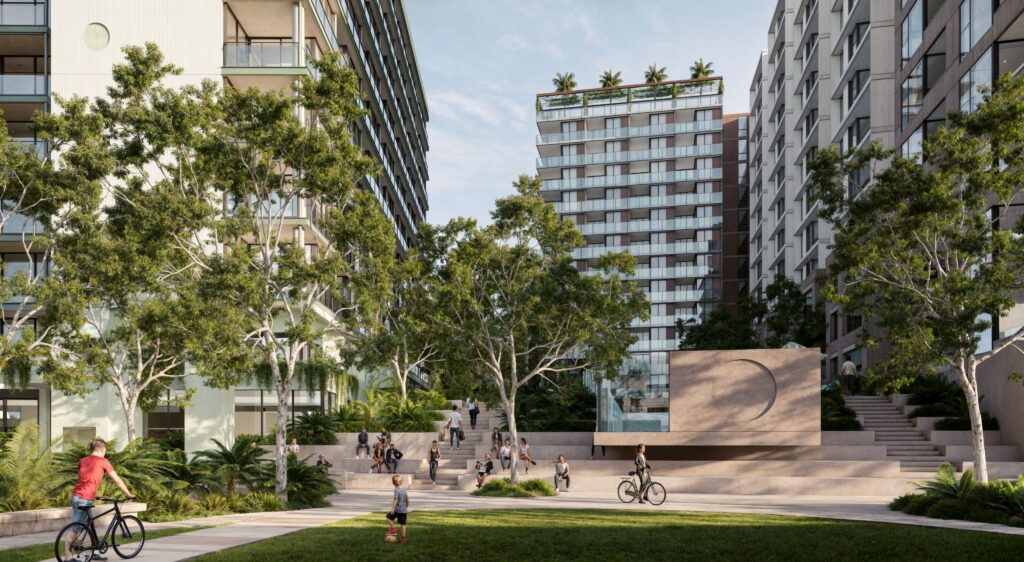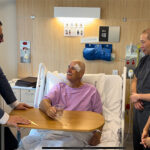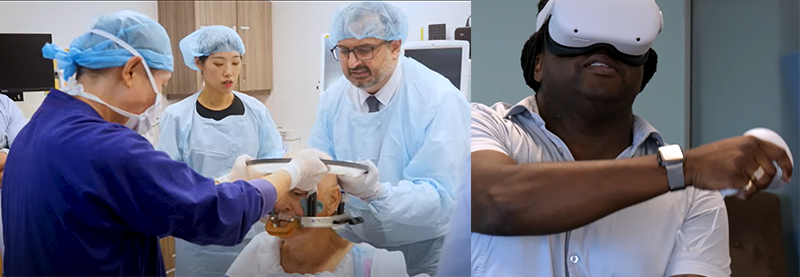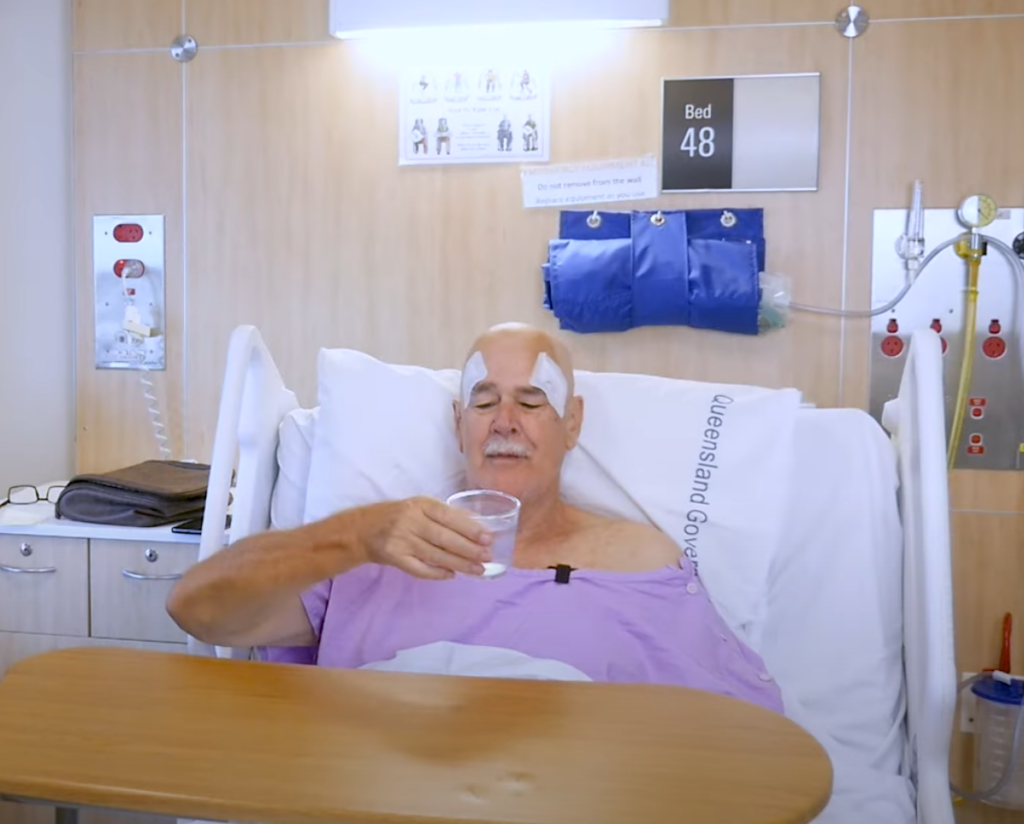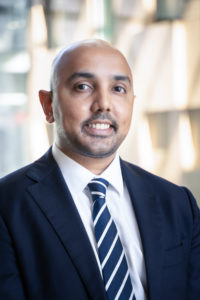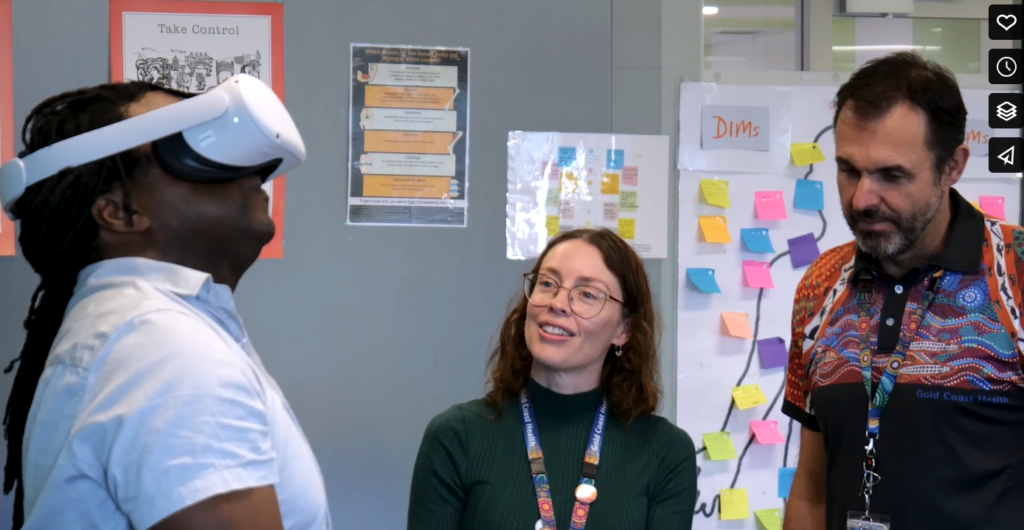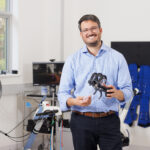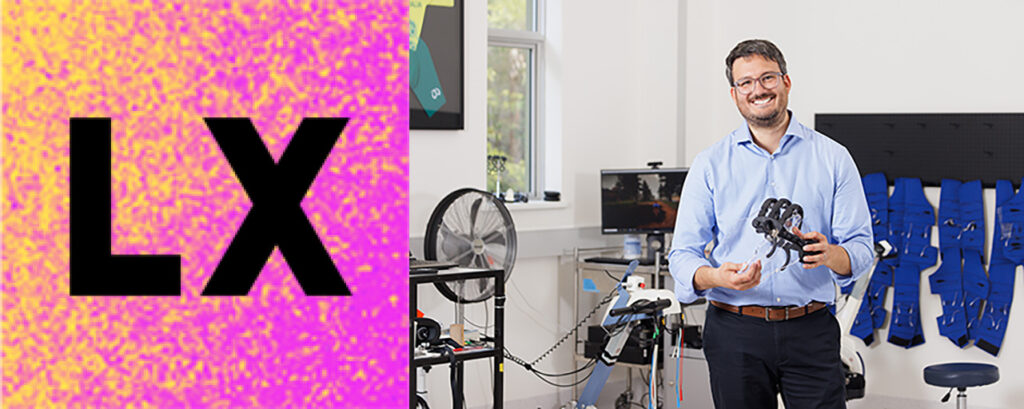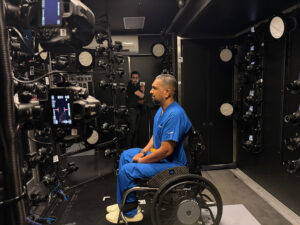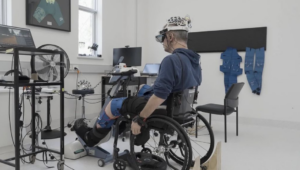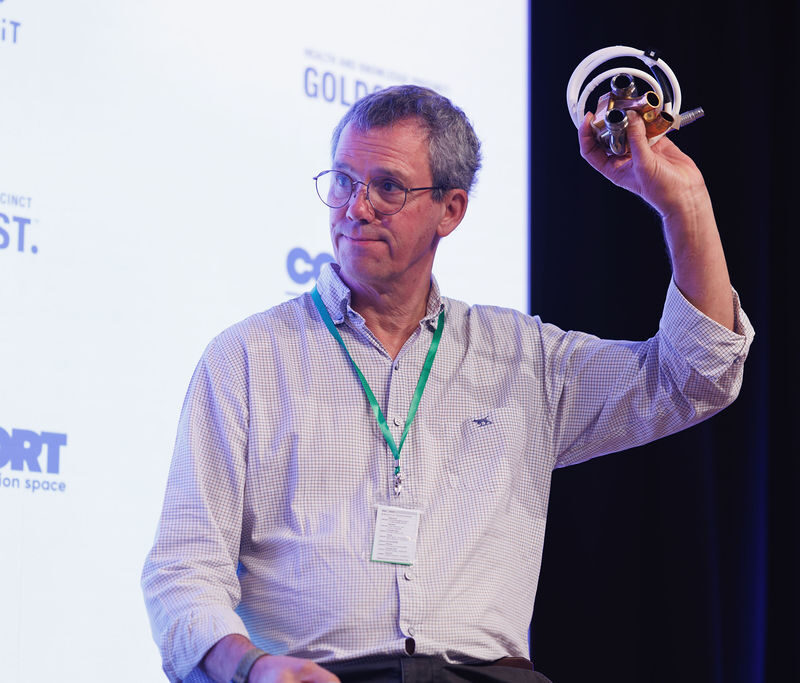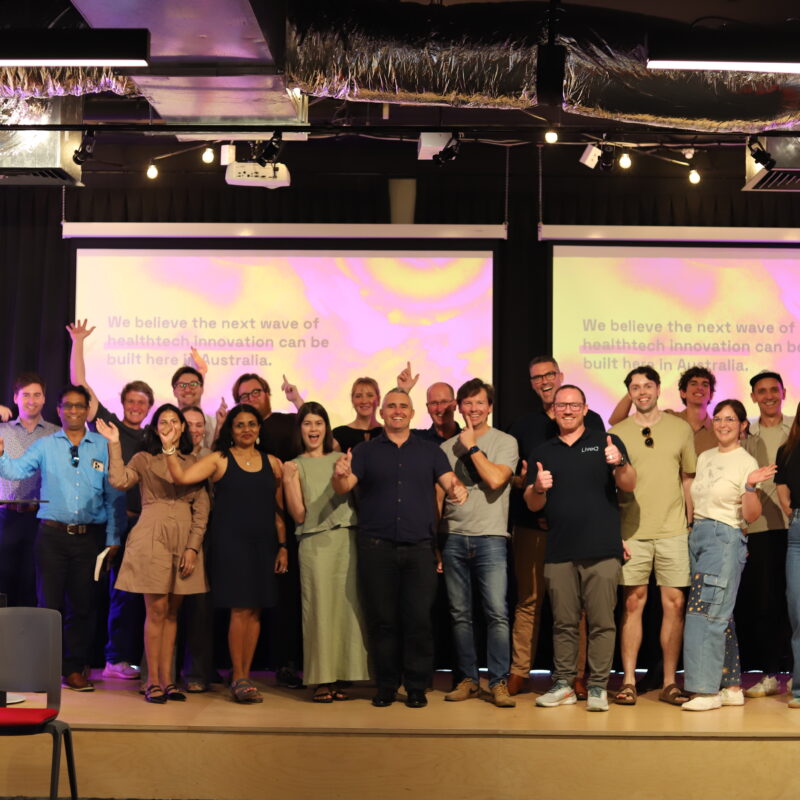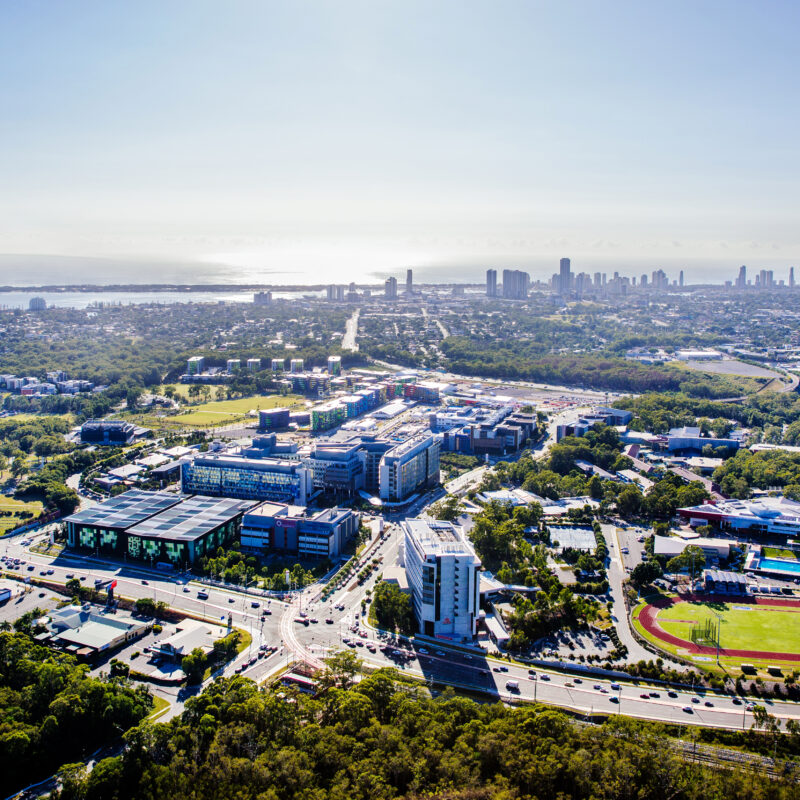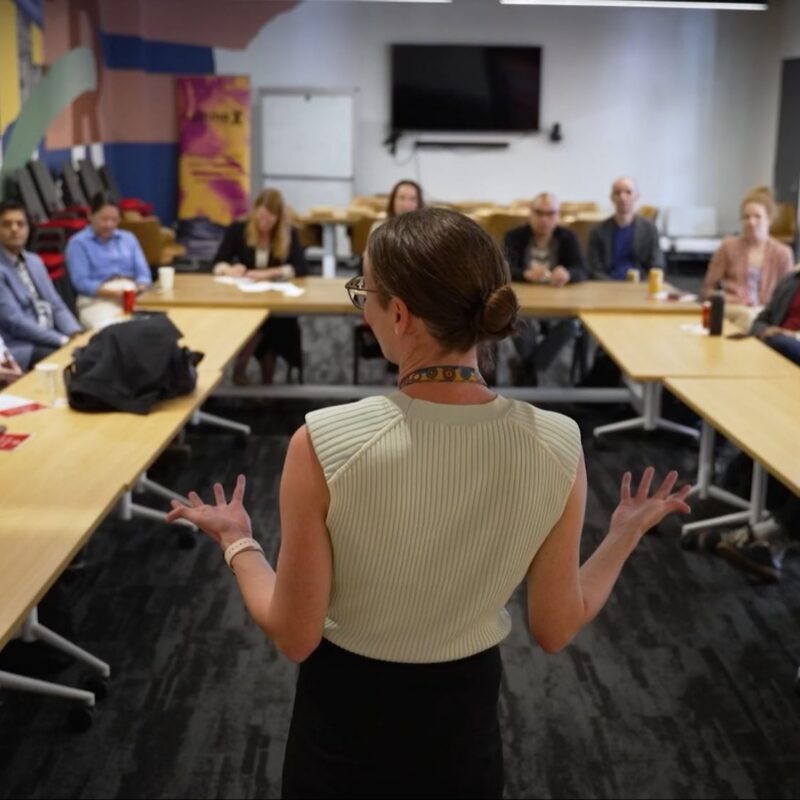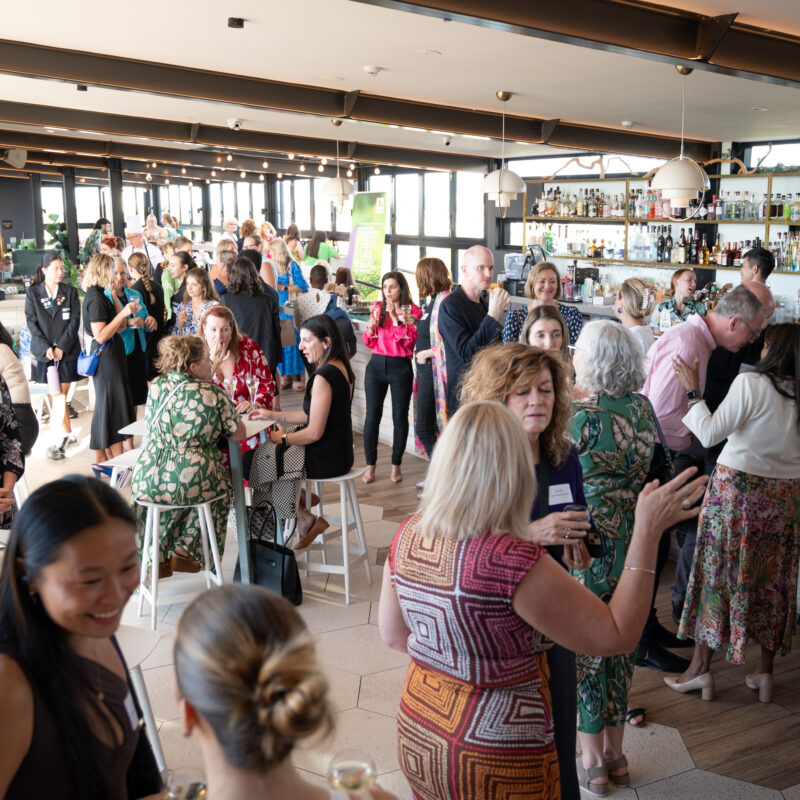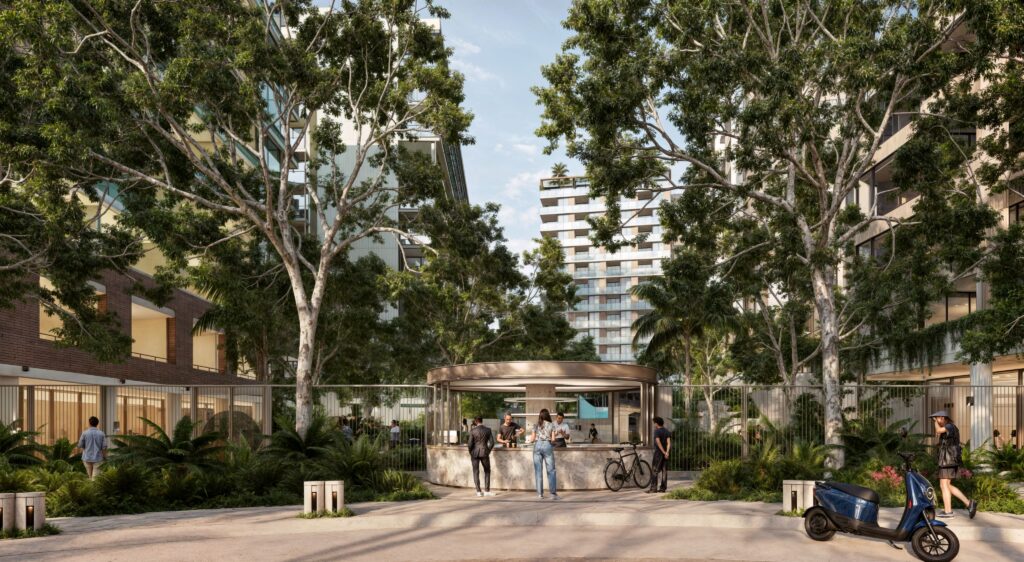
Plans have been lodged to build hundreds of new build-to-rent homes in the Gold Coast’s Health and Knowledge Precinct.
UBS Real Estate Nominees Australia Pty Limited (UBS) has lodged a development application with Economic Development Queensland on the last residential zoned site at the precinct aimed specifically at frontline health workers and students.
The proposal will see the delivery of 878 homes, including 176 affordable units, comprising of studio, one, two, and three-bedroom apartments across four buildings. It will cater for an estimated 1350 new residents right next to the university hospital and Griffith University campus.
The development application also includes plans for a landscaped plaza as well as resident facilities including retail outlets, cafes, and a gym all close to existing public transport networks.
The deliberate mix of dwelling types is expected to further diversify and broaden the range of housing and rental price points that currently exist within the Gold Coast Health and Knowledge Precinct and the wider Southport location.
Following the submission of the development application and the finalisation of commercial negotiations, it’s expected construction could begin next year.
Read on
- Media release: Homes for Queenslanders: Plans lodged for 878 key worker homes on Gold Coast
- Find out more on the Lumina Gold Coast website
